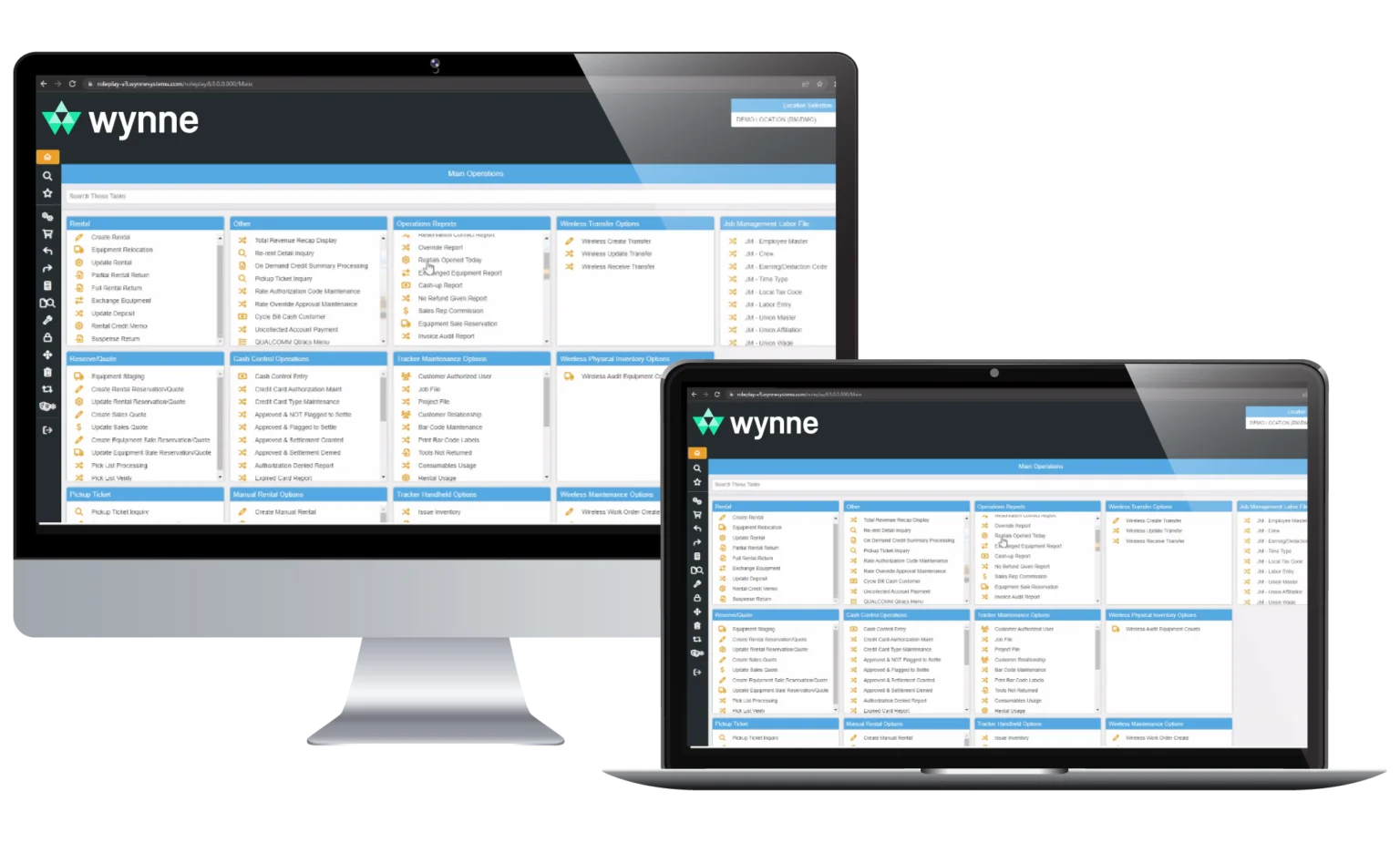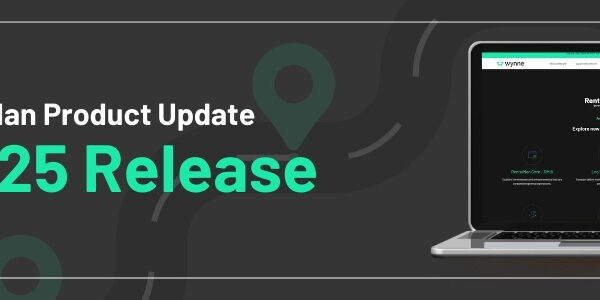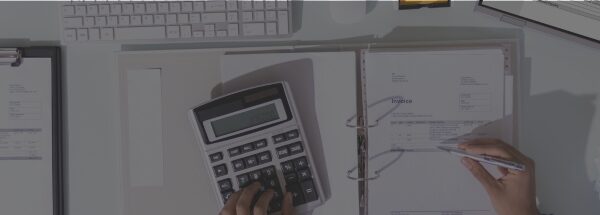
When it comes to reporting there is often a disconnect between day to day processes and running reports. Reports are something that exist outside of your system. They may arrive in your email in the morning, or perhaps you go to a reporting page to run your reports on demand but they are somehow separate from your daily activities.
This separation creates a disconnect between information and action. The report either becomes an exception report or trend report which is generated once the activity has been performed. Thus the action is already in the past and you need to decide what to do about the consequences of the exception. Alternatively the reports are generated to help make a big decision, a CAPEX report, for example, might look at your utilization and re-rent trends to help you decide whether or not to buy new equipment.
But what happens to the thousands of small, quick decisions that are made every day by everyone within your organization? What information is available inside your daily rental applications to help your teams make those decisions? Is it enough to simply stop a rental because the customer is over their credit limit or are there more nuanced decisions to be made before you get to that point?
What if, when you put in a rental contract you could provide more information: How many times this customer has rented this piece of equipment in the last yea? How many times have they required on-site support, returned it damaged or requiring special cleaning? How frequently do they pay their bills on time? How many times do they cancel a contract at the last minute or fail to be there to receive a delivery? How many times have you failed to deliver on time to this particular customer?
If your salesperson had easy access to this information within the rental contract process would they be able to make better decisions? ‘No, I’m not going to give you extra discount on your transport because the last 3 times we’ve delivered you weren’t there to receive the delivery and we had to re-deliver 2 hours later’ or ‘You need to take the damage waiver because your last 4 rentals have ended up with damage charges that you’ve disputed.’
Perhaps that information could extend outwards? If your salesperson knows that utilization on that product and category is currently at 95% perhaps they might be less inclined to offer a 10% discount even though they are able to do so. If your salesperson can see that the last 5 people to rent X also rented Y and bought A, B and C perhaps they do a little upselling while the customer’s on the phone.
These examples are all about making big data granular, bringing the power of information down to the level of individuals to assist with the thousands of tiny decisions that are made every day by everyone within a business.
Wynne can bring the power of reporting and dashboards into the business. This is an incredibly powerful tool to enhance day-to-day business activities and decision making. Contact us today to organize a demonstration.
Written by: Helen Sowerby, Director of Business Development




